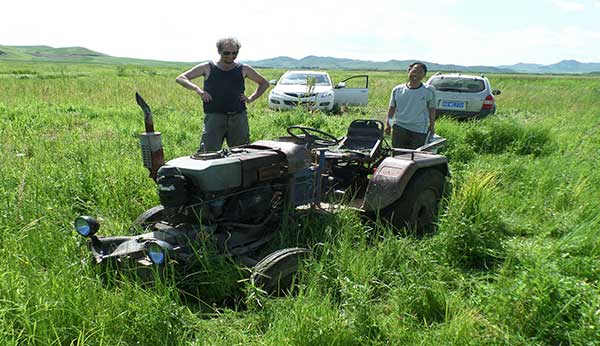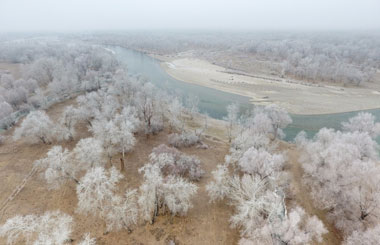Steering around roadblocks
"The new rules will, to some extent, encourage foreigners to drive in China," Yu says.
Foreigners who drive across the border account for 1 percent of CYTS' inbound tourism business.
International-exchange programs propel the current market's main engine, Yu says.
For instance, motorcades of dozens of vintage cars cruise from Paris to China every year.
Most foreigners who take China road trips are from Europe, the United States and Russia, Yu says. CYTS believes neighboring nations offer greater potential.
Webster welcomes the new measures but expects "infinitesimal" impact.
Expenses such as Customs, gas and road tolls mean a dozen days of China travel costs foreigners driving over the border an average of 60,000 yuan ($9,400), Yu says.
US-Ukrainian dual citizen Peter Krasnopolksy's problem wasn't driving into China but out.
The Beijing resident planned to drive through Central Asia from China's Xinjiang Uygur autonomous region last year.
"It was too much red tape," the 36-year-old says.
The Chinese side required 8,000 yuan to process piles of paperwork, plus a deposit of 70 percent of the car's value - with no guarantee of approval.
And Krasnopolksy was already five days late, since the Chinese company he'd paid 3,600 yuan to ship his car to Xinjiang's capital, Urumqi, from Beijing didn't deliver on time. (They compensated him 600 yuan.)
"I got there before my car and had to wait," he says.
He was pulled over for speeding his first day driving in Xinjiang. When he went to pay the fine, he was told his license was revoked because he'd exceeded the 12-point limit.
"I was stranded in a small town," he says.
Wrangling ensued.















